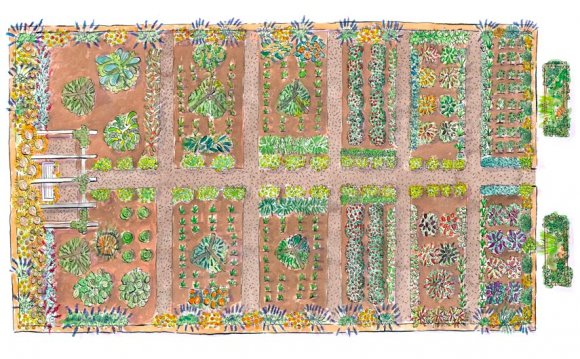
Too many of the same kind of plant makes your garden look like a landing strip to bad bugs. Instead, mix and match: perennials and annuals of all sorts, deciduous and evergreen shrubs and trees or, in this case, tomatoes that mature at different times in the growing season. If you want to plant a lot of the same kind of vegetable, try dividing it up in different parts of the yard.
Identify Infestations
They may not be serious. Every year, many homeowners worry when they see a large swarm of the box-elder bug on a tree trunk. In fact, the box-elder bug is a nuisance critter that causes little to no damage to your garden. If you're not sure what a bug is, take it to your local extension agent for identification.
Spray Less, Not More
In fact, skip chemical sprays altogether. In gardens where no pesticides are used, many infestations of bad bugs are self-limiting. Most importantly, avoid using broad-spectrum insecticides; they kill the good bugs along with the bad — like this very beneficial praying mantis.
Choose Pest-Resistant Plants
Before buying an edible or ornamental plant, do a little research to find out if it's particularly susceptible to insects or disease — check online, with friends and neighbors or with your extension agent — and find ones that have shown resistance.
Use Raised Beds
Veggies grown in raised beds are often less likely to get root rot, white mold or other issues. Plus, raised beds are a breeze to weed: Turfgrass doesn't creep in from the sides, and you can pluck out weeds before they have a chance to take hold.
Use Good Cultural Methods
Mulch to reduce weeds and conserve moisture. Rotate veggie crops (don't plant the same thing in the same spot every year). Discard (and don't compost) clearly diseased foliage and fruit.
Reduce the Size of Your Lawn
Install low-maintenance edible and/or ornamental beds instead. Or, if you must have a lot of grass, learn to live with imperfections. Natural fertilizers applied at the right time, plus periodic reseeding, can help create a healthy stand of turf.















